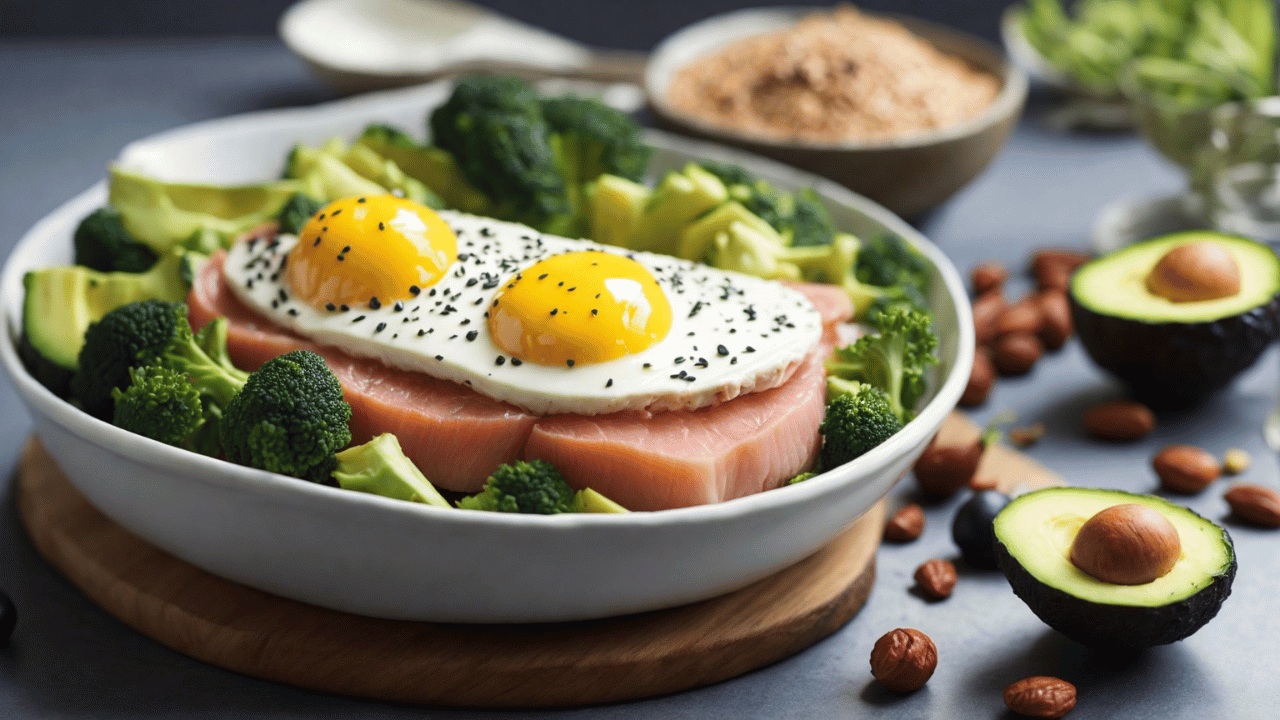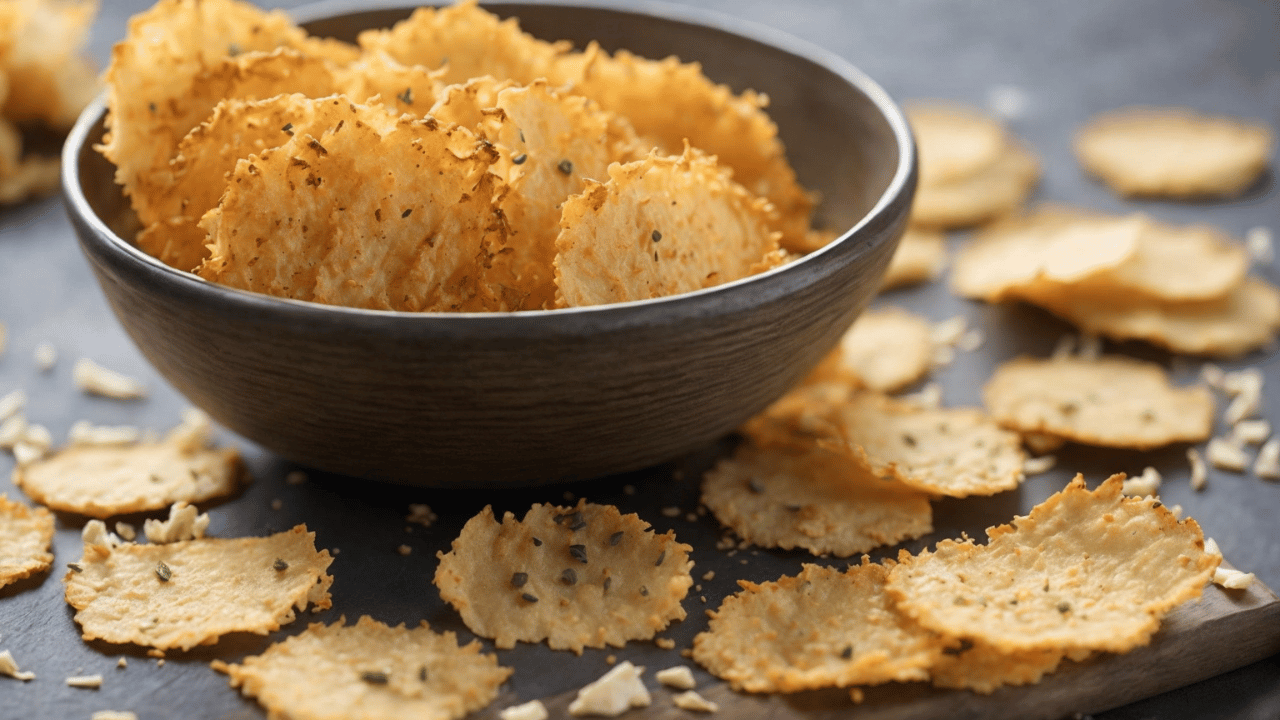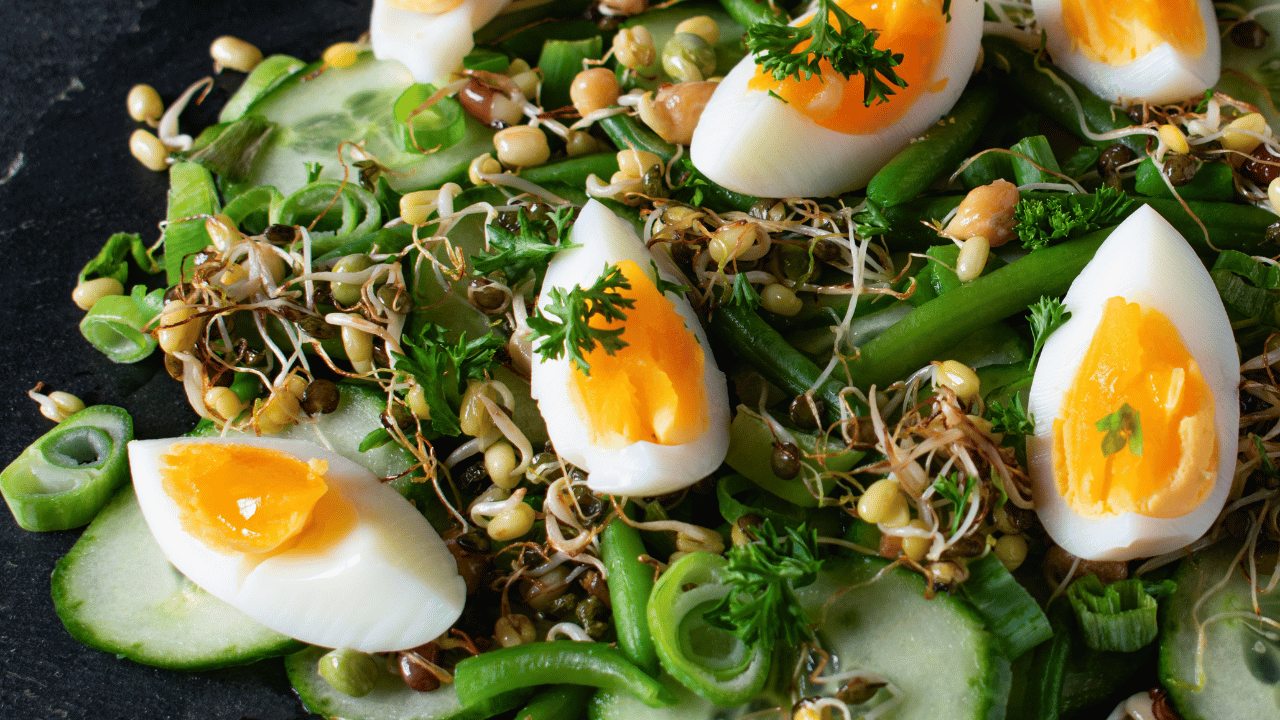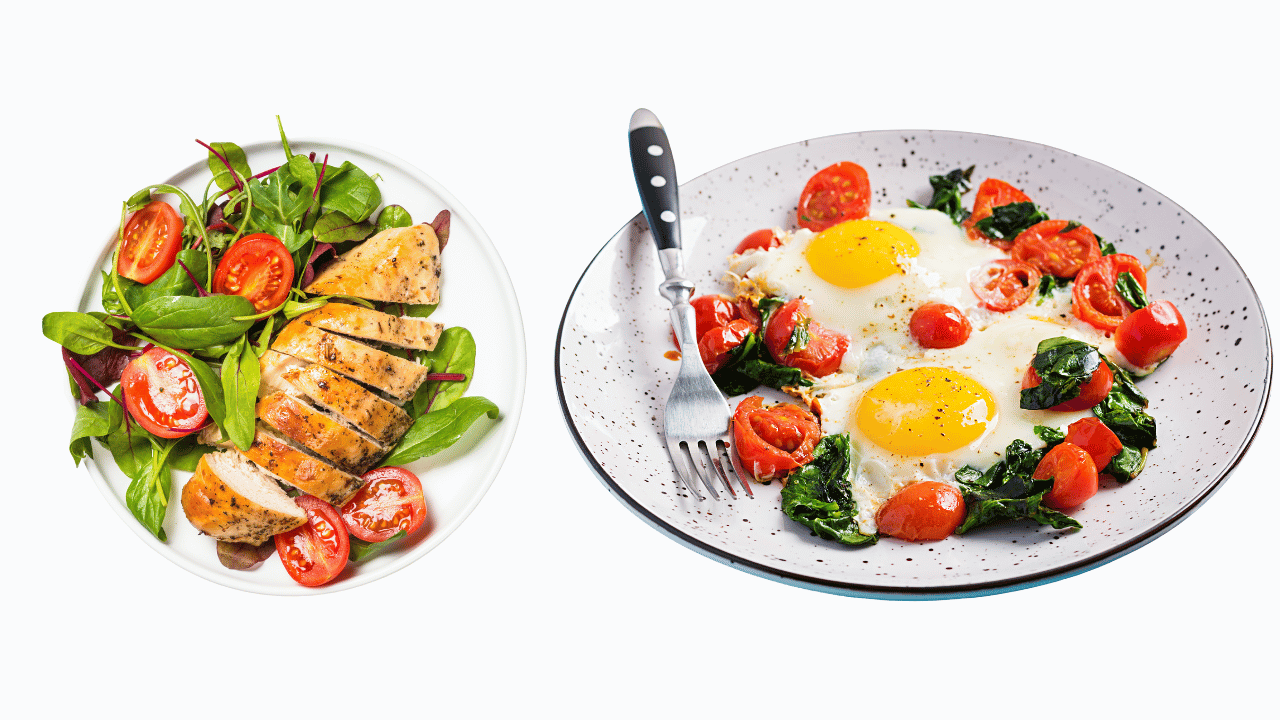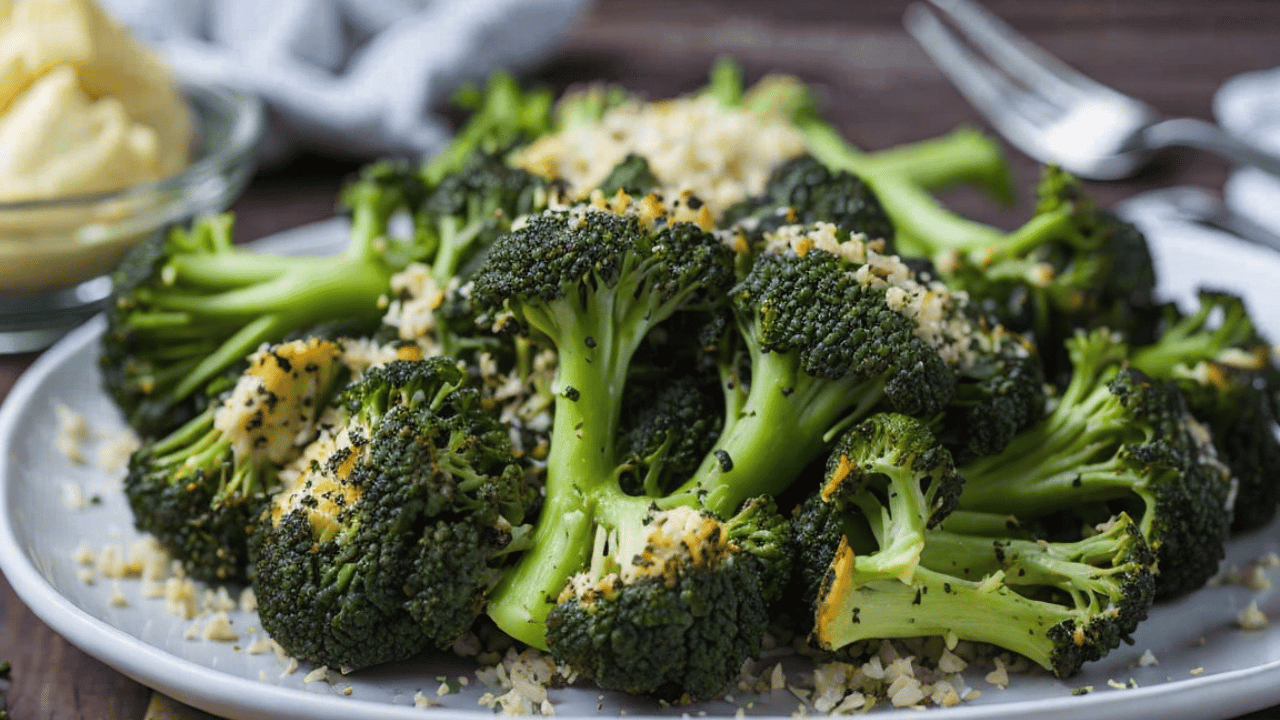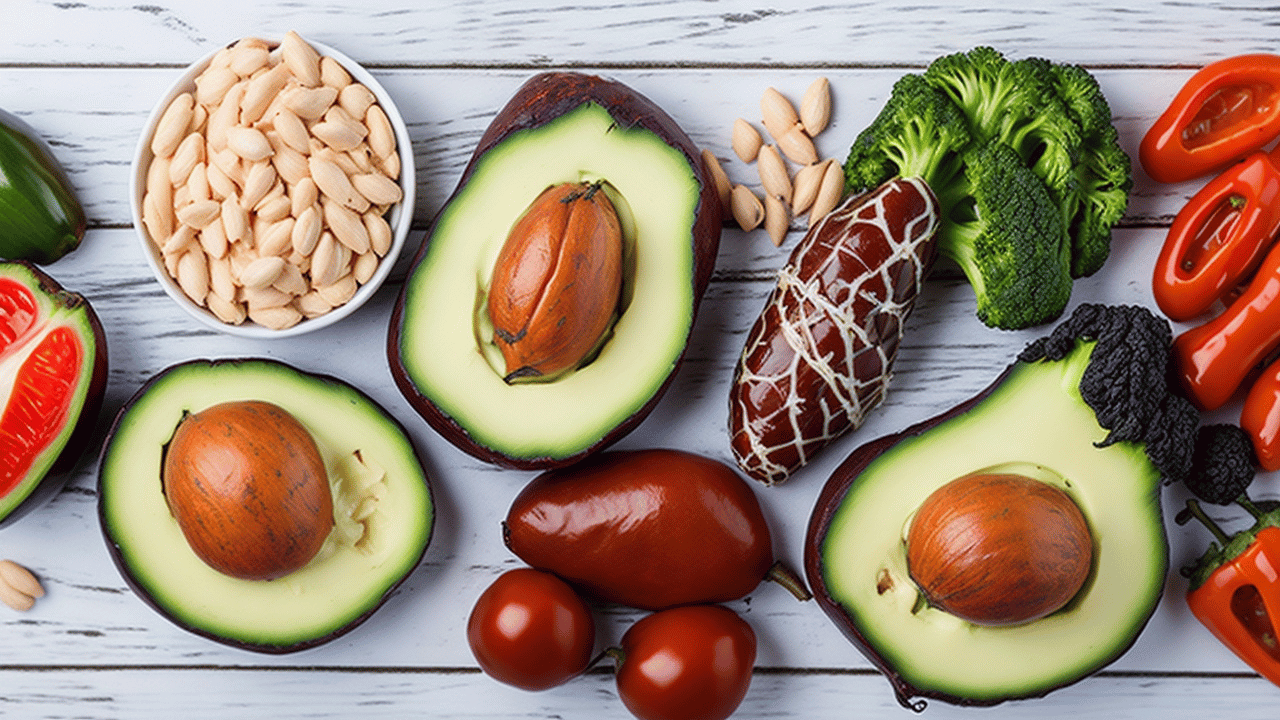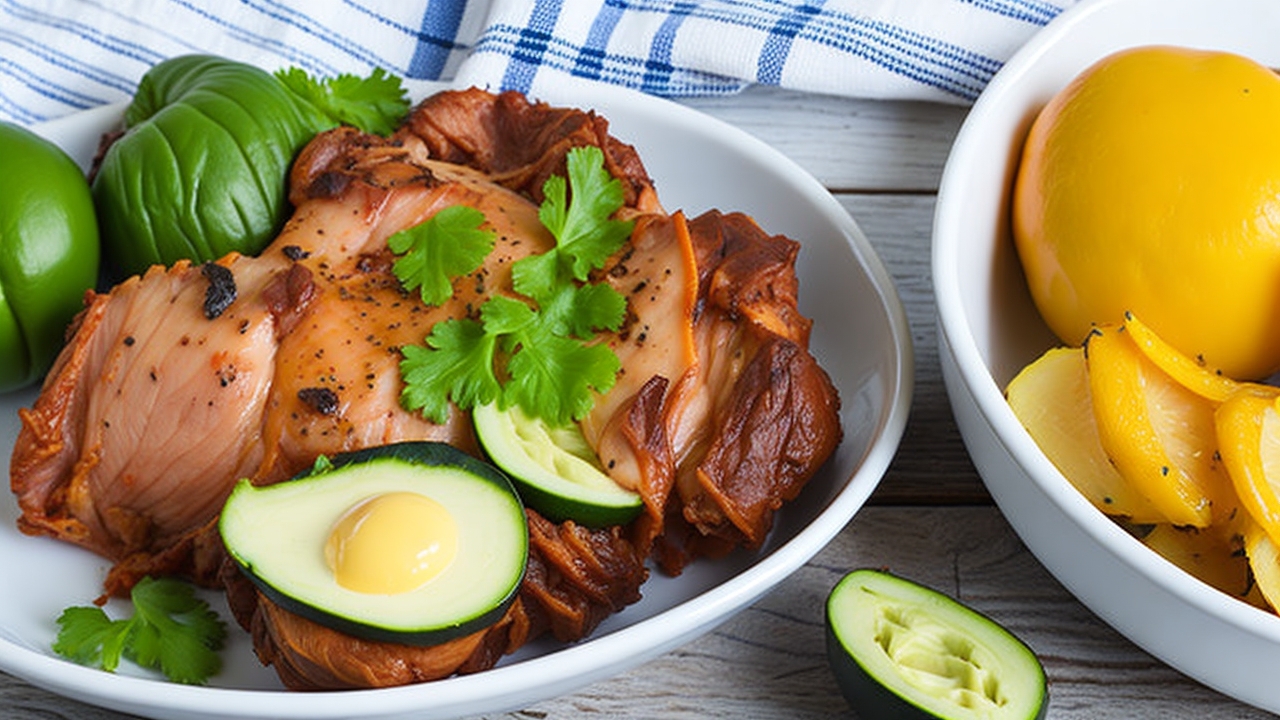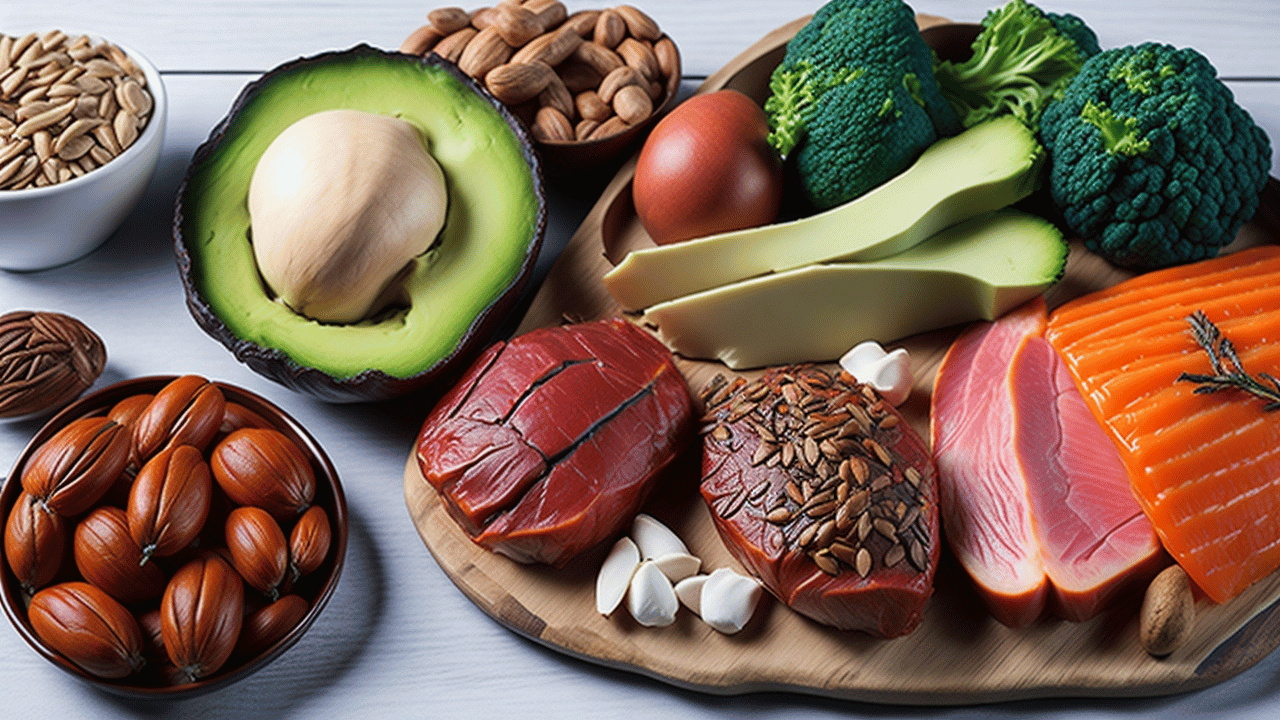Keto Diet Foods: A Low-Carb, High-Fat Approach! The ketogenic diet, often abbreviated as the keto diet, is a low-carbohydrate, high-fat diet that has gained significant popularity for its potential to promote weight loss and improve various aspects of health.
This dietary approach primarily focuses on restricting carbohydrates and increasing fat intake to induce a state of ketosis in the body. Ketosis is a metabolic state in which the body primarily uses ketones, derived from fats, as its main source of energy.
In this extensive guide, we will delve into the details of keto diet foods, including what to eat, what to avoid, and how to effectively plan a keto-friendly meal.
Understanding the Basics of the Keto Diet
Before diving into the specifics of keto diet foods, let’s first understand the basic principles of the ketogenic diet.
1. Ketosis and its Role in the Keto Diet
Ketosis is a natural metabolic state in which the body switches from using glucose (sugar) as its primary source of energy to using ketones, which are derived from fats. Achieving ketosis involves significantly reducing carbohydrate intake to force the body to rely on fats for fuel. When carbohydrates are restricted, the liver starts producing ketones from stored fats, and these ketones are used as an energy source by the body and the brain.
2. Macronutrient Ratios
The macronutrient ratios in a standard ketogenic diet typically involve:
High Fat: Approximately 70-80% of total daily calories come from fats.
Moderate Protein: About 20-25% of total daily calories come from protein.
Low Carbohydrate: Carbohydrates are limited to about 5-10% of total daily calories.
These ratios are guidelines and can be adjusted based on individual needs and goals.
Keto Diet Foods: What to Eat
Now, let’s explore a comprehensive list of keto-friendly foods that you can incorporate into your ketogenic diet plan.
1. Healthy Fats
Healthy fats are a crucial component of the keto diet as they provide the majority of your daily calories. They should be the foundation of your meals.
a. Avocados
Avocados are rich in healthy monounsaturated fats and fiber, making them an excellent keto-friendly food.
b. Olive Oil
Extra virgin olive oil is a great source of healthy fats and antioxidants.
c. Coconut Oil
Coconut oil is high in medium-chain triglycerides (MCTs), which are quickly converted into ketones.
d. Butter and Ghee
Butter and ghee are low-carb and high-fat options for cooking and flavoring your meals.
2. Proteins
Protein is an essential macronutrient for muscle maintenance and repair. However, it’s important to moderate protein intake to stay within your keto macros.
a. Fatty Fish
Salmon, mackerel, and sardines are rich in omega-3 fatty acids and are excellent protein sources.
b. Eggs
Eggs are a versatile and nutritious protein option for a keto diet.
c. Poultry
Chicken and turkey are lean protein sources that can be included in a keto meal plan.
d. Beef and Pork
Opt for fatty cuts of beef and pork to increase your fat intake.
3. Low-Carb Vegetables
Vegetables are an important source of vitamins, minerals, and fiber while being relatively low in carbohydrates.
a. Spinach
Spinach is low in carbs and high in nutrients, including iron and potassium.
b. Kale
Kale is a nutrient-dense leafy green vegetable that can be a great addition to keto meals.
c. Broccoli
Broccoli is low in carbs and provides fiber, vitamin C, and various other nutrients.
d. Cauliflower
Cauliflower is a versatile vegetable that can be used as a substitute for rice, potatoes, and more.
4. Dairy Products
Dairy products can be included in moderation on a keto diet, but it’s important to choose those low in carbs.
a. Cheese
Most cheese varieties are low in carbs and high in fat, making them suitable for the keto diet.
b. Greek Yogurt (unsweetened)
Greek yogurt is lower in carbs compared to regular yogurt and provides a good source of protein.
c. Heavy Cream
Heavy cream can be used in coffee or tea to increase fat intake.
5. Nuts and Seeds
Nuts and seeds are rich in healthy fats, protein, and fiber, making them great keto snacks.
a. Almonds
Almonds are low in carbs and high in healthy fats, protein, and fiber.
b. Walnuts
Walnuts are a good source of omega-3 fatty acids and can be a satisfying keto snack.
c. Chia Seeds
Chia seeds are high in fiber and can be added to various dishes for an extra nutritional boost.
6. Berries (in moderation)
While most fruits are high in carbohydrates, some berries can be consumed in limited quantities due to their lower carb content.
a. Strawberries
Strawberries are relatively low in carbs and can be enjoyed occasionally on a keto diet.
b. Blackberries
Blackberries are another low-carb berry option that can be incorporated into keto-friendly recipes.
Keto Diet Foods: What to Avoid
To maintain a state of ketosis, it’s important to avoid or limit foods that are high in carbohydrates.
1. Sugary Foods and Sweeteners
Avoid all forms of sugar, including:
Sugary beverages
Candies
Pastries
Ice cream
Honey, maple syrup, agave syrup, etc.
2. Grains and Starches
Eliminate or minimize consumption of:
Bread
Pasta
Rice
Quinoa
Potatoes
3. High-Carb Fruits
Limit fruits that are high in carbs, such as:
Bananas
Apples
Oranges
Grapes
Mangoes
4. Legumes and Beans
Avoid:
Beans
Lentils
Chickpeas
Peas
5. High-Carb Vegetables
Limit vegetables with a higher carb content, including:
Carrots
Corn
Peas
Beets
Sweet potatoes
6. Processed and Low-Fat Dairy
Avoid or limit low-fat or processed dairy products, as they can be higher in carbohydrates.

Meal Planning and Tips for a Successful Keto Diet
1. Calculate Your Macros
To effectively follow a keto diet, calculate your daily macronutrient needs based on your goals and adjust your food intake accordingly.
2. Plan Your Meals
Plan your meals in advance to ensure you meet your macros and avoid deviating from the diet. Include a variety of keto-friendly foods to keep your meals interesting and nutritionally balanced.
3. Stay Hydrated
Drink plenty of water to stay hydrated, aid digestion, and help manage your appetite.
4. Monitor Your Progress
Regularly track your progress by measuring your weight, body composition, and how you feel. Adjust your diet and exercise routine as needed to achieve your goals.
Final Thoughts
The keto diet can be a successful tool for weight loss and improving overall health when followed appropriately. Understanding the right keto diet foods to eat and avoiding those that can hinder ketosis is essential for achieving the desired results. Remember to consult with a healthcare professional before making significant dietary changes, especially if you have pre-existing health conditions. With careful planning and dedication, the keto diet can be a sustainable and effective way to achieve your health and wellness goals.

